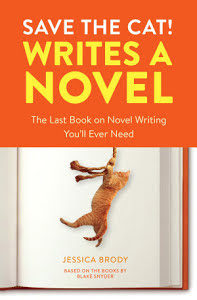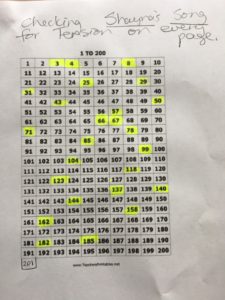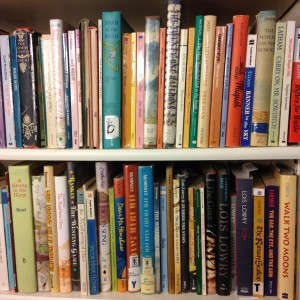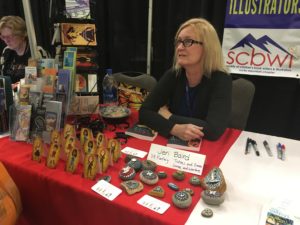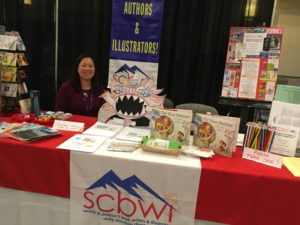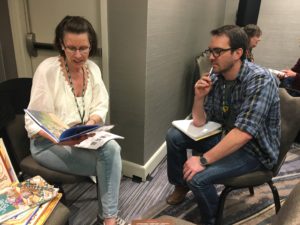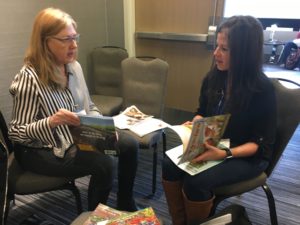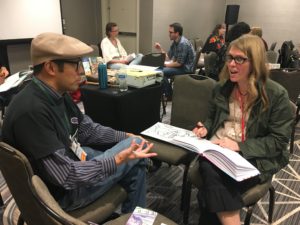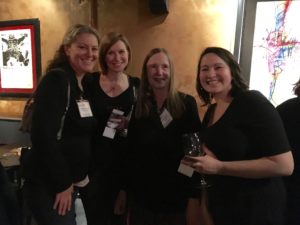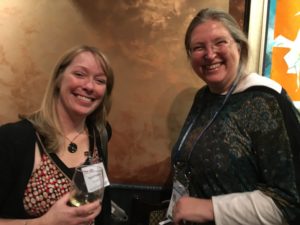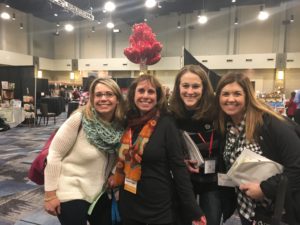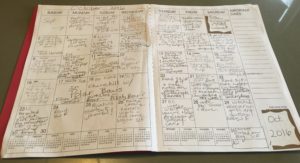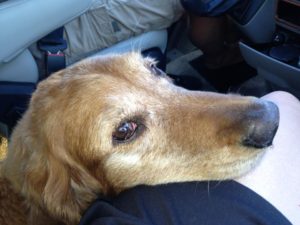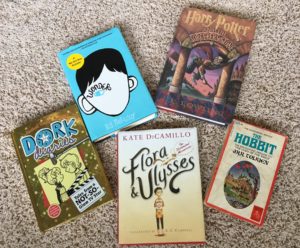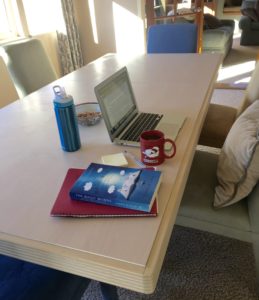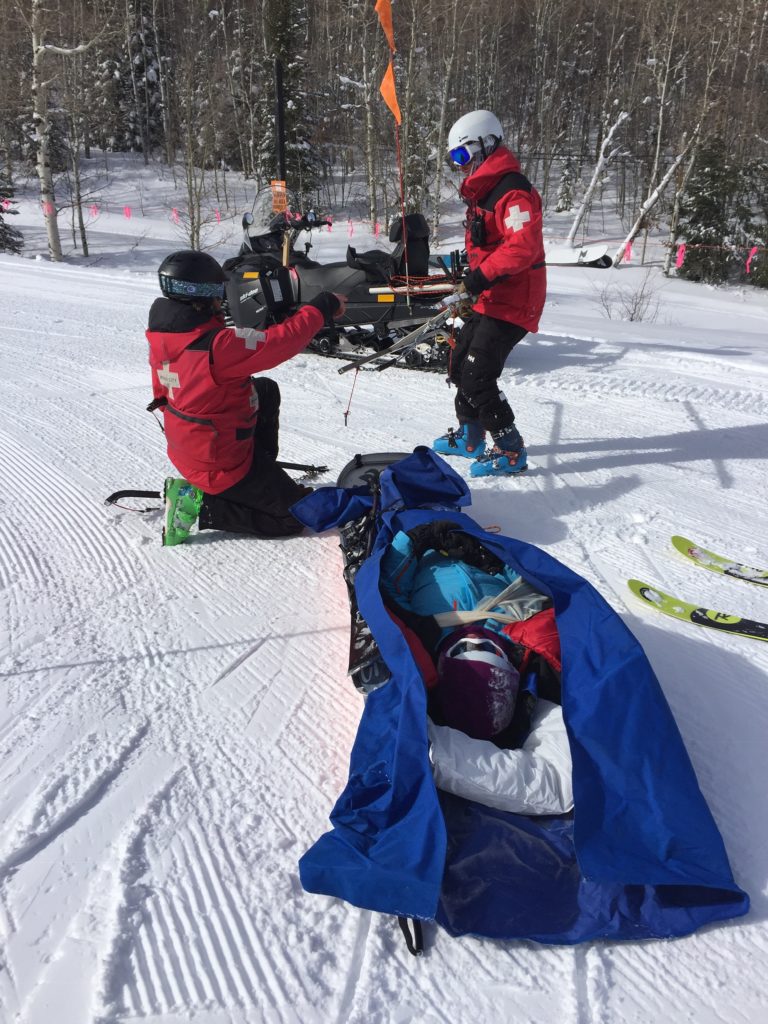
I was off in the wilds of Park City, Utah, making epic turns in piles of powder, when the unexpected happened. I was halfway down a groomed, intermediate run, when I realized the slope had turned icy. I immediately made a snap decision to move over to what I thought was softer powder on the side. But this snow had melted in the previous day’s sun and had turned crusty overnight. Unfortunately, I was in the thick of it, turning at a high speed. My right ski got caught in the crud, while the rest of me kept going. Down I went, landing hard on my right shoulder. This was no routine spill. When I tried to get up, I was hit with an unusually sharp pain. I lay there in disbelief, gazing up at the pale blue sky.
Suddenly, a friendly skier appeared at my side. “Are you okay?” he quipped.
“Hmm,” I said. “I don’t think so.”
“Need help getting up?” He reached out his hand.
“Maybe I’ll just lie here for a while,” I answered, still peering at the sky.
“I think we should call Ski Patrol,” he said, more seriously.
“Ski Patrol?” I said, suddenly looking his way. “I’ve never had to call Ski Patrol. And I’ve been skiing for over fifty years!”
This kind angel in goggles smiled, but proceeded to take out his phone. I said okay, and before I knew it, the first Ski Patroller had arrived. After a routine exam, he calmly announced that he was pretty sure my collarbone was broken. Then, he called for a sled, and after a surprisingly smooth and enjoyable ride down to the medical clinic, it was confirmed. I had a distal fracture to my right clavicle and would be wearing a sling for the next 6-8 weeks.
Back at our condo, my concerned cousins gathered around me. One suggested I put on lavender oil. Another said I should sit by the fire and prop myself up with pillows. But a third offered something completely different. “You should listen to an audio book,” she said. “It’s the best way to relax.” Hmm, I thought. I hadn’t listened to a book in years. Not since my own children were young and we were on a family car trip. I prefer holding a book, rereading pages as I go, and marking interesting passages with post-it notes. But with limited movement in my right arm, and an impending flight home the next day, I decided to try it. I downloaded the Audible app and began listening to Michelle Obama read her best-selling memoir, BECOMING.
Once home, a friend called to see how I was doing. I said I was on the couch, listening to a book. She told me she loved audio books. She found them comforting and they reminded her of being read to as a child. I thought about my own childhood experiences with books. My earliest recollection was of my mother reading to us from a thick volume of poetry and fairy tales. I still have that book on my shelf and each time I open it, memories of listening to her read LITTLE RED RIDING HOOD or Over in the Meadow, come flooding back. My mother also took us to the library each week for Story Time, and read us books from the Dr. Seuss Book-of-the-Month club. Additionally, my brother and I watched and listened to Captain Kangaroo read picture book classics like MAKE WAY FOR DUCKLINGS, CURIOUS GEORGE, and MADELEINE on our black and white Zenith.
But my strongest memories of being read to were from elementary school. Our teachers read to us after lunch or at the end of the day. I can vividly remember being whisked off to Wilbur’s farm in CHARLOTTE’S WEB or out to the ISLAND OF THE BLUE DOLPHINS where Karana foraged for crabs and hid from wild dogs. I traveled back to the Revolutionary War with JOHNNY TREMAIN and onto the high seas in CAPTAINS COURAGEOUS. And nothing compared to the magic of Middle Earth in THE HOBBIT or the fantastical world of A WRINKLE IN TIME. These books pushed my imagination to places it had never been before. And the cadence of my teachers’ voices, appropriately calm and dramatic, allowed me the luxury of conjuring up these adventures in a strikingly visual way. It was different than reading the books myself. It was soothing and transporting.
As writers of books for children, we must always consider how our books sound when read aloud. Stories that allow our voices to be compelling, humorous, or lyrical draw the listener in. And when children are read to, it motivates them to improve their reading skills, so they can someday read these books on their own.
When I’m working on a challenging passage in my own work, I often record myself, then listen back to check on the authenticity of a character’s voice or the pacing of a scene. I’ve even recorded chapters of mentor texts so I can hear why the writing works so well. It’s also beneficial to have critique partners read your work aloud so you will know how others might interpret your words.
And although I still prefer reading a hard copy of a book – holding it in my hands and going through it at my own pace –I now have headphones nearby. Michelle is waiting to read to me. And I can’t wait to snuggle under a blanket and listen to her.

Do you prefer hard copies of books, reading on an e-reader, or listening to audio books?


